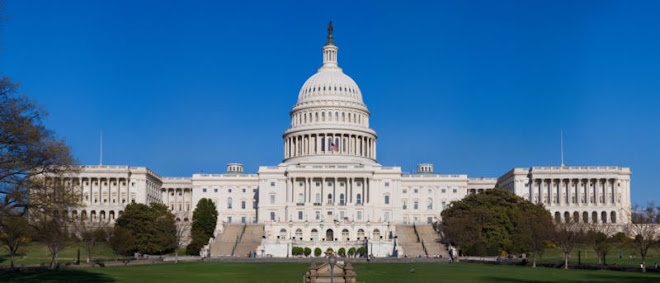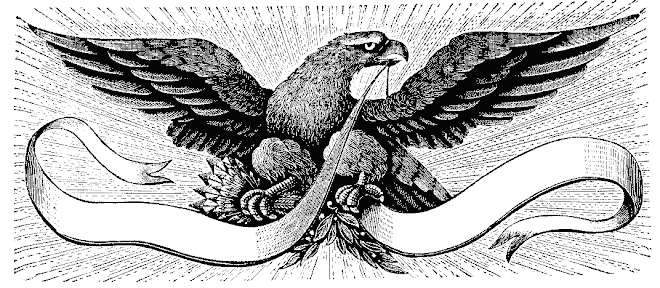From The American Thinker:
June 22, 2010
Wealth Redistribution 101
Cindy Simpson
Obama tells us that income of $250,000 is "rich."
Harvard has set the bar at $180,000. Not for its students, but for its student's parents.
At Harvard, a student is required to pay the full price of tuition, which now exceeds $50,000 a year, only if the student's parents (generally) earn more than $180,000. If the parents make less, the student will more than likely receive a degree from this famous institution at little to no cost.
Many institutions have touted in recent years that their generous "Financial Aid" packages now exclude loans. Harvard announced in 2007 that student loans were replaced by "need-based scholarships." Additionally, this aid is not like a typical merit-based scholarship with a required minimum grade point average that the student must maintain in order to keep it. The new, "need-based aid" is awarded with no strings attached, solely based on how much money the student's parents earn or have saved...or haven't. The financial aid application doesn't ask for the reasons.
In fact, over half of Harvard's student body pays practically no tuition at all. According to a recent announcement:
Harvard will increase financial aid for undergraduates by 9 percent, to a record $158 million, for the upcoming 2010-11 academic year. This $13 million increase will help keep Harvard affordable and ensure no change in the financial burden for the more than 60 percent of students who receive aid. The estimated average need-based grant award is approximately $40,000.
As a result of this investment, families with undergraduates receiving aid at Harvard will pay an estimated average cost of approximately $11,500 next year, which is unchanged from the current year. Additionally, Harvard will continue its efforts to keep overall tuition growth moderate for all families, holding this year's increase to 3.8 percent, for a total cost of $50,724.
Let's take a closer look at these figures.
A quick calculation, taking the total $158 million of aid and dividing it by the $40,000 average award, equates to approximately 4,000 students receiving this aid. 60% of the entire Harvard student body of 6,700 also comes to around 4,000 students. The figures check out. Roughly, then, if 60% of all students receive awards amounting to 80% of the tuition price ($40,000 divided by $50,000), around half of the student body receives close to 100%.
Which means that the other half pays full price. (Similar, generous "no-loan" financial aid programs are also offered at many other institutions, such as Columbia, Vanderbilt, and Penn.)
Every student paying full tuition is most likely sitting next to a student paying nothing. One can only speculate whether they would actually be sitting next to each other in the same classrooms, however, since a financial motivation (considering whether the degree costs $0 or over $200,000) to major in business versus a field like "gender studies" has to be a factor.
Both halves graduate with a Harvard degree in hand. But in the other hand of the full-paying half are most likely huge student loans, or the purse-strings of parents who, after shelling out $200,000 plus, expect results.
Recent articles have highlighted the increasing problem of unsustainable and unjustifiable student loans. What the writers fail to recognize is the composition of this group of indebted graduates. From Harvard, they are the "rich" kids.
Posted at 12:05 AM
A READER ON THE STATE OF THE POLITICAL DECAY AND IDEOLOGICAL GRIDLOCK BETWEEN ONE GROUP WHO SEEK TO DESTROY THE COUNTRY, AND THOSE WHO WANT TO RESTORE IT.
The Rise and Fall of Hope and Change




Alexis de Toqueville
The American Republic will endure until the day Congress discovers that it can bribe the public with the public's money.
Alexis de Tocqueville
Alexis de Tocqueville
The United States Capitol Building

The Constitutional Convention

The Continental Congress

George Washington at Valley Forge



No comments:
Post a Comment